You’re visiting Tikkurila website from United Kingdom. Would you like to visit the local UK site?
Segment switcher
-
-
What's new?
-
All products
-
Certified products
-
Highlighted products
Back
Segment switcher
-
-
Solutions
-
Facility solutions
-
References
-
Solutions for floors
Back
Segment switcher
-
-
Colours
-
Colour cards
-
Colour articles
Back
Segment switcher
-
-
Resources
-
Architects and designers
-
Professional painters
-
Tools
Back
Segment switcher
-
-
Contact us
-
At your service
-
Join our programs
Back
Segment switcher
-
Segment switcher
A short guide to personal protection
Learn useful tips how to protect yourself during a paint job.
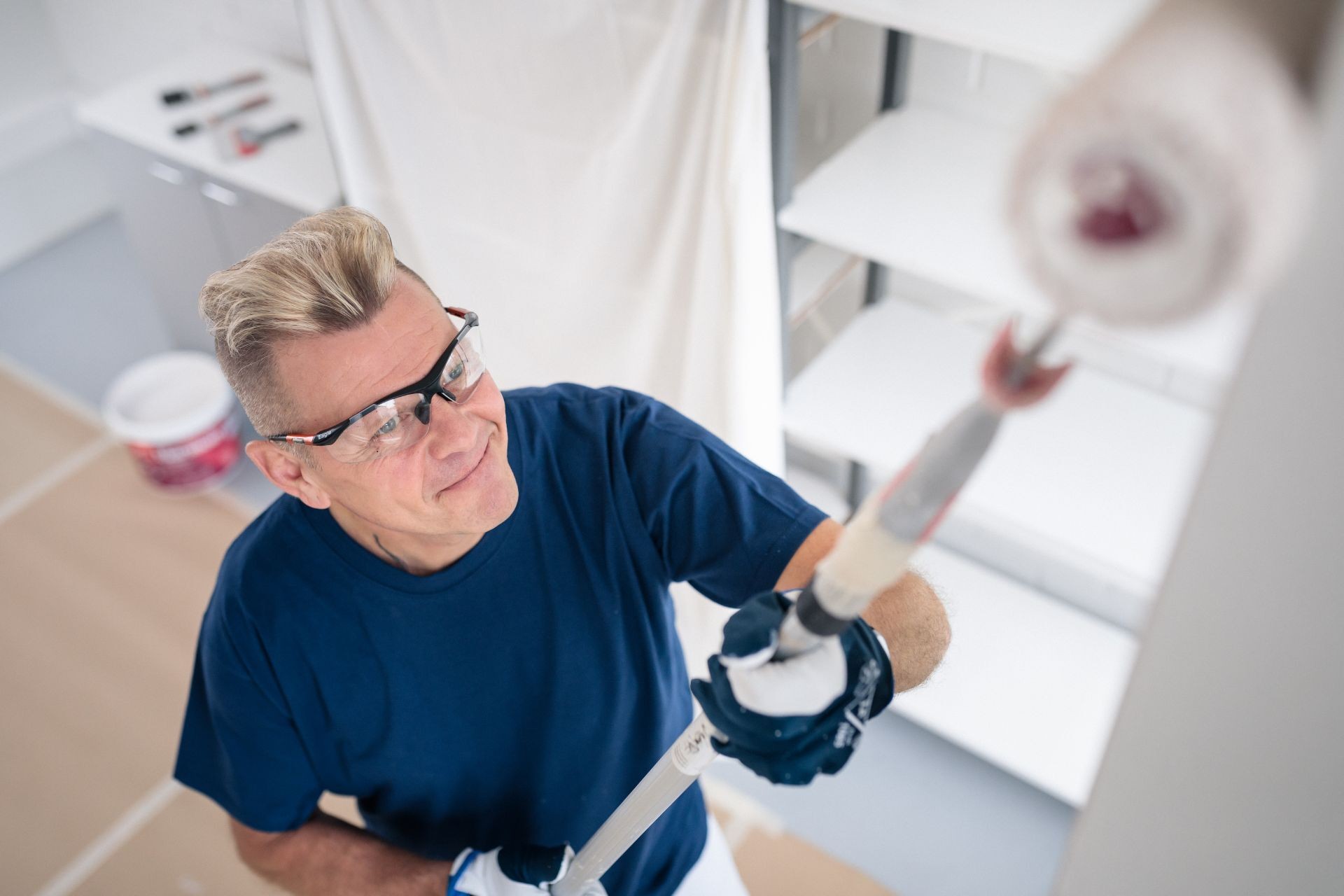
We want you to stay safe and functional throughout your career. Here are basic guidelines and useful tips for personal protection during a paint job.

Protect yourself from skin irritation
Water-borne paints are a safe choice in terms of both the environment and the health of the painter. They dry fast, are nearly odorless and keep the indoor air quality better and allergy risks smaller.
Still, the professional painter must always have the right personal protection to avoid health risks, as paint components and organic solvents found in both water-borne and solvent-borne paints are known to cause health effects in direct skin contact. They may, for example, deprive the skin of fats and oils causing it to become dry, scaly and irritated. Prolonged contact to certain organic solvents and preservatives may result in allergic contact dermatitis.
Always wear long sleeves and protective gloves (cotton or rubber). During high-season, especially if the summer is hot, you might be tempted to wear shorts and a t-shirt, but long sleeves and trousers are the way to go. And don't forget the hat – indoors it will cover your head when painting the ceiling and outdoors it will shield you from the sun. Barrier creams may also help to protect the exposed areas of the skin.
Protect yourself from respiratory hazards
When sanding surfaces and using a paint sprayer, wearing a mask is critical. Exposure to drywall dust, for example, irritates the eyes, skin, and respiratory system. Depending on the type of job, you'll need respiratory protection with a filter for gas, vapour or dust. Modern respirators and masks offer both comfort and protection: special technology helps reduce heat and moisture inside the respirator and soft face pieces make them more comfortable to wear. Remember to provide adequate ventilation during spray-application.
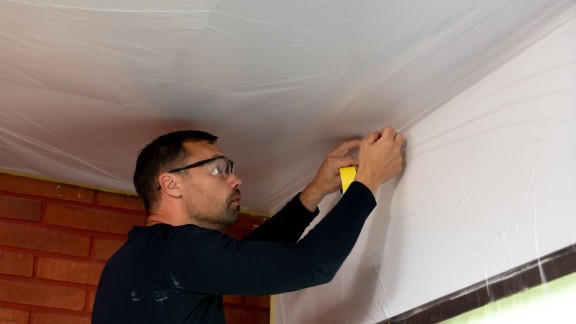
Protect your eyes and ears
During spray-application, use safety eye wear designed to protect against splashes of liquids.
Goggles are important to use also when handling cleaning solvents. There are safety splash goggles available that are built with an indirect venting system to circulate air and minimize fogging. If you wear glasses, aim for goggles with a wide opening to fit over prescription eye wear.
Don't forget about protecting your ears too. Sanding in particular can get quite loud – you don't want to be inflicted with noise-induced hearing loss. Light-weight earmuffs will protect your hearing and advanced models allow you to enjoy music, the radio or podcasts while working.
Protect yourself from the elements
Steel-toe work boots, a water-resistant jacket and a warm fleece for outdoors and work pants with extra pockets and enforced knees will further protect you from harm and discomfort. Especially rubber knee pads are a necessity when your work requires you to be on your knees for long periods of time – without protection, you will most likely destroy your knees in due time.
Good to remember
Always refer to the Safety Data Sheet for common health effects for the paint or coating used. The Safety Data Sheet contains instructions for handling and storage, exposure controls and personal protection as well as first aid measures. If you are subcontracting for another contractor, please follow their instructions and protocol for personal safety.
Related articles
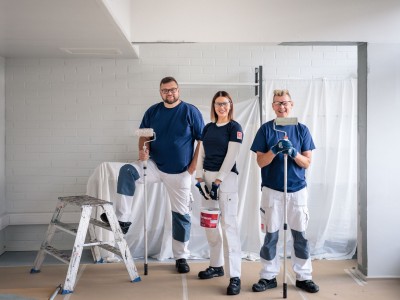
From paint job to maintenance service
How to set up work in advance and secure a steady flow of income with maintenance deals.
Read more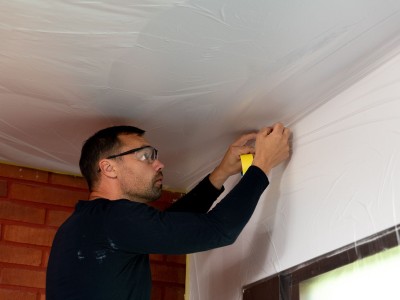
How to protect surfaces efficiently
Learn our pro tips for protecting surfaces before painting.
Read more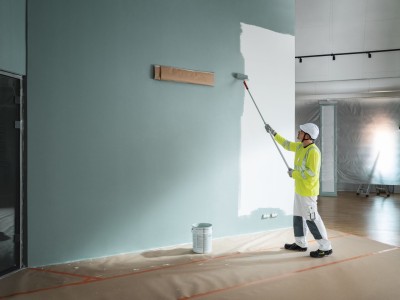
How to paint fast without compromising quality
Learn all the pro tips for working on a strict schedule.
Read moreSend
You can send to several people by separating multiple email addresses with commas.
Save a product or a color.

